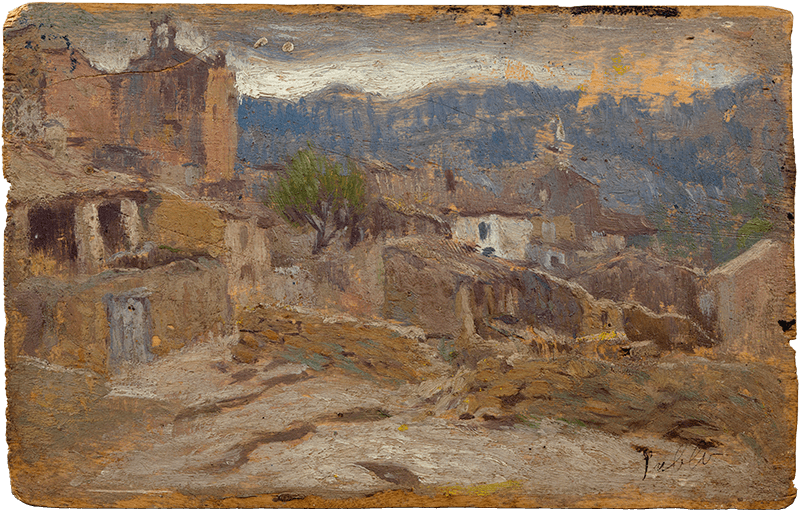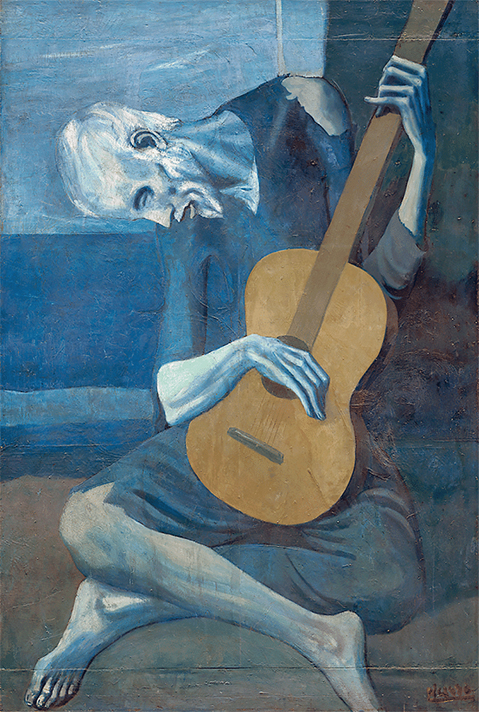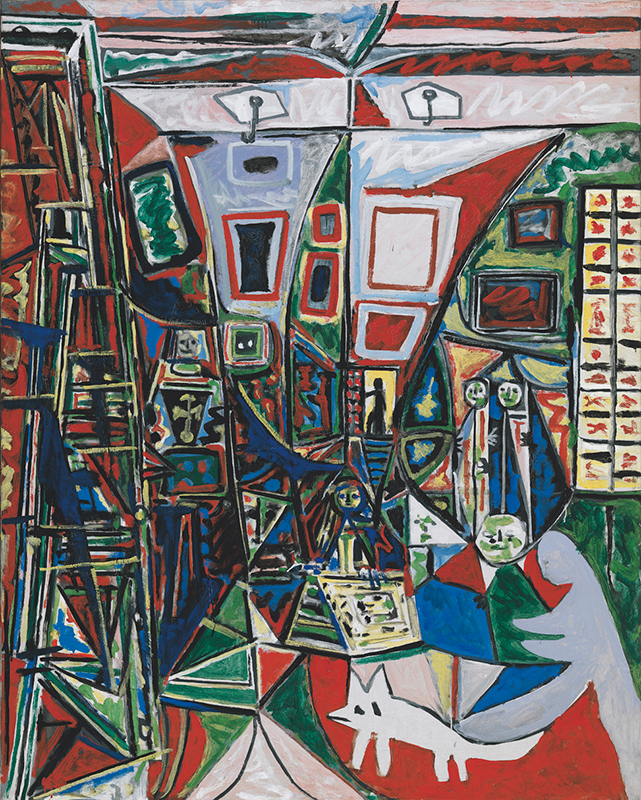The making of a revolutionary artist: retracing Pablo Picasso's steps in Catalonia
Andalusian lived in Barcelona for 9 years and spent formative period in Horta de Sant Joan

Pablo Picasso, perhaps the most famous artist of the 20th century, was an Andalusian who lived in France for many years, but actually also had many close ties to Catalonia.
The son of an artist who taught at La Llotja, Picasso moved moved to Barcelona at age 13 and studied at his father's art school.
"He lived in Barcelona for 9 years, had many Catalan friends, and he had an interest in the culture as is normal," Maria Choya of the Barcelona Picasso Museum said in a recent interview with Catalan News.
Sometimes he would sign his letters as 'Pau de Gósol' — Pablo, in Catalan, of a small Pyrenean town he spent time in — or even with 'adéu', a common farewell expression.
The artist is said to have "liked poetry" and to have been an admirer of Catalan Renaixença poet Jacint Verdaguer, whose funeral he attended in Vallvidrera in Barcelona's Collserola hills.
"Learning everything" in Horta de Sant Joan
After a brief stint as a student at Madrid's at Royal Academy of Fine Arts, Picasso, who had fallen ill with scarlet fever, returned to Catalonia to visit his friend Manuel Pallarès' hometown, Horta de Sant Joan, in southwestern Catalonia's Terra Alta county.

"I learned everything I know in Horta de Sant Joan," Picasso is quoted as having said of this formative 6-month period of his life.
"He even learned how to deal with farm animals, he learned primitive village life and he painted a lot," Choya said, leaving such an impression on him that he returned 10 years later. "He felt free in Horta."
The town remained very important to him throughout his life and is now the site of the Picasso Center, an art museum that houses reproductions of all of the works he created during two stays in Horta de Sant Joan.
Barcelona intellectual life
Back in Barcelona, Picasso befriended Catalan Modernist artists and writers, from Carles Casagemas to Ramon Casas and Santiago Rusiñol and Jaume Sabartés, who would later become his personal secretary. Many of these Bohemians frequented the Quatre Gats café in the Gothic Quarter, the site of his first solo exhibition, at the time when Picasso was first becoming known as an artist.

It was during this period that his friends got into the habit of calling him Picasso, his mother's last name of Italian origin, rather than the more common Ruiz, his father's. In time, the artist went from signing his paintings as Pablo Ruiz Picasso to simply Picasso.
Picasso began traveling between Barcelona and Paris, then the epicenter of artistic and intellectual thought, in his late teens and early twenties, moving there permanently in 1904.
Despite this move, his ties to the Catalan capital remained strong as his parents and sister Lola resided there for many years to come, with an apartment on luxurious Passeig de Gràcia avenue.
From Blue to Rose and beyond
Picasso matured as an artist over time, eventually leaving behind the academic paintings of his youth of, for example, religious scenes or bed-ridden patients, for more experimental and modern ones.
The death by suicide of his friend Carles Casagemas after attempting to murder a woman who had rejected his advances deeply impacted Picasso, ushering in his career-defining Blue Period. The artist, who had lived with Casagemas in both Barcelona and Paris, painted numerous death portraits of his friend as well as other somber subject matters, like 'The Old Guitarrist' or 'La Vie', in a mainly blue monochrome.

This gave way to a Rose Period characterized by earth-colored hues — think 'Acrobat and Young Harlequin' or 'Boy Leading a Horse' — followed by his African Period influenced by the continent's sculptures and makes. This period culminated in 'The Young Ladies of Avignon', a painting depicting not women from the French city, but rather prostitutes from a brothel on Barcelona's 'Avinyó' street.
Picasso's later years were marked by cubism and surrealism, with paintings including 'Girl with a Mandolin', 'Olga in an armchair', or his anti-war 'Guernica' depicting the bombing of a Basque village by Nazi Germany during the Spanish Civil War.

Barcelona Picasso Museum
The Barcelona Picasso Museum opened in 1963, ten years before the artist's death and initially under the name of Picasso's friend and personal secretary Sabartés.
"He did not like the dictatorship of Franco," Choya explained of the avowed communist. "He promised that he would never come back to Spain unless Franco passed away, but unfortunately Picasso passed away in 1973," two years before the fascist dictator.
The Barcelona Picasso Museum is still home to many of the artist's early works, paintings from his Blue Period, a ceramics collection donated by his wife Jacqueline, two sculptures, and the complete Meninas series.

While Paris and Madrid may also house important Picasso collections, Catalonia is key to his story: "In order to understand how Picasso developed, how Picasso became an artist, visitors have to come to the Picasso Museum of Barcelona," Choya argued.